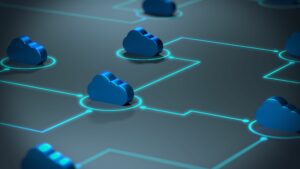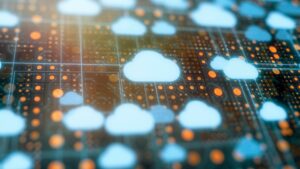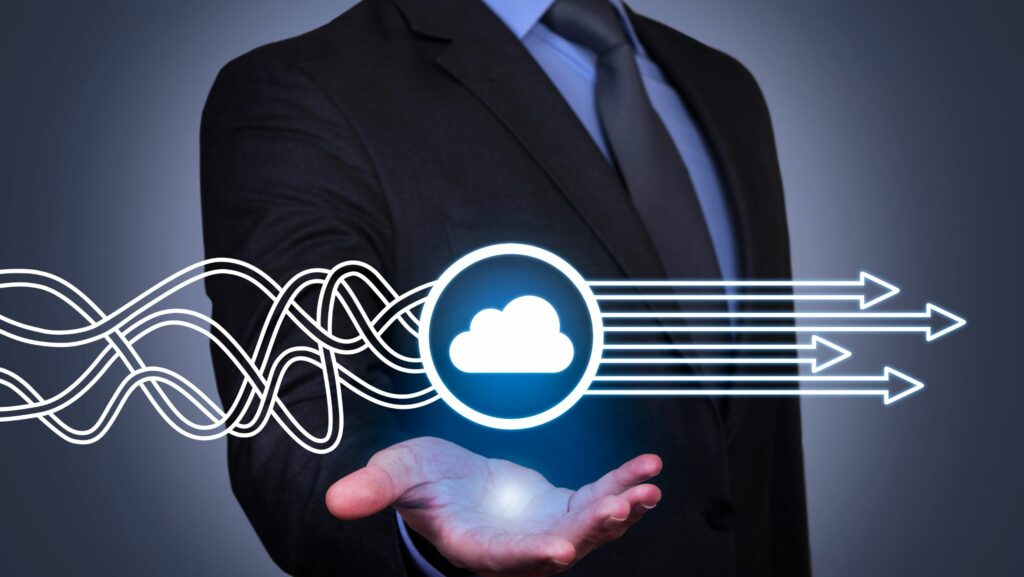In the bustling digital age, two technologies are making waves: Internet of Things (IoT) and cloud computing. They’re not just buzzwords; they’re revolutionizing the way we live and work. This article will delve into these two technological behemoths, exploring their potential and how they interact.
IoT’s network of interconnected devices and cloud computing’s robust storage and processing capabilities are a match made in tech heaven. They’re reshaping industries, from healthcare to retail, and altering the face of data management. But what’s the real story behind their synergy? Stay tuned as we unravel the intricate relationship between IoT and cloud computing.
IoT and Cloud Computing
 Contrasting IoT and cloud computing’s roots highlights their growth, development, and eventual convergence. The concept of IoT originated back in the 1980s, during Kevin Ashton’s time at Procter and Gamble. Intrigued by the idea of connecting physical objects to the internet, Ashton was the first to conceptualize the term around 1999. Simultaneously, cloud computing emerged to accommodate ever-expanding data. Amazon Web Services launched in 2002, leading the charge in offering reliable, scalable and inexpensive cloud computing services.
Contrasting IoT and cloud computing’s roots highlights their growth, development, and eventual convergence. The concept of IoT originated back in the 1980s, during Kevin Ashton’s time at Procter and Gamble. Intrigued by the idea of connecting physical objects to the internet, Ashton was the first to conceptualize the term around 1999. Simultaneously, cloud computing emerged to accommodate ever-expanding data. Amazon Web Services launched in 2002, leading the charge in offering reliable, scalable and inexpensive cloud computing services.
Upon tracing their journeys, it’s clear both technologies evolved coherently. IoT bloomed with the proliferation of smart devices and interconnected networks while cloud computing surged with the growing need for remote and flexible data storage solutions.
Key Milestones in Integration
 Surveying critical intersections reveals how these cutting-edge technologies joined forces. A momentous instance was the surge of big data. The amount of data generated by IoT devices rose dramatically around 2010, and managing this influx called for a new solution. Cloud computing, with its scalable and flexible data handling, answered the demand.
Surveying critical intersections reveals how these cutting-edge technologies joined forces. A momentous instance was the surge of big data. The amount of data generated by IoT devices rose dramatically around 2010, and managing this influx called for a new solution. Cloud computing, with its scalable and flexible data handling, answered the demand.
In 2013, IoT and cloud computing’s integration gained traction. Cisco coined the term ‘Fog Computing,’ an advancement that brought cloud capabilities closer to IoT devices at the network edge, ensuring optimal performance.
Today, integration continues seamlessly. Features like IoT Cloud Platforms, deriving their functionality around 2015, testify to this cohesive harmony between IoT and cloud computing. By offering solutions for device management and data processing, they form a critical bridge between the IoT devices and cloud infrastructure, enhancing overall utility and efficiency.
Key Benefits of Integrating IoT with Cloud Computing
From managing massive volumes of data to optimizing resources, the union of IoT and Cloud computing reinvents digital landscapes. Delivering transformative digital solutions, the integration enriches various sectors with enhanced data management, operational efficiency, and cost savings.
Bolstering efficiency, a blend of IoT with cloud computing optimizes various operational aspects. As IoT devices continuously communicate with the cloud, they enable real-time monitoring and automation of numerous processes. This real-time interaction reduces human intervention, accelerating tasks, and eliminating potential errors.
Simultaneously, the integration triggers cost savings for organizations. IoT devices, being continuously connected to the cloud, can send operational data to determine maintenance needs, preventing unexpected failures and the subsequent costly repairs.
Challenges in Combining IoT and Cloud Computing
 While the integration of IoT and cloud computing presents unprecedented opportunities, it’s not without its set of challenges that pose crucial impediments to its adoption and seamless operation. These challenges revolve predominantly around security and privacy issues and technical or infrastructure-related impediments.
While the integration of IoT and cloud computing presents unprecedented opportunities, it’s not without its set of challenges that pose crucial impediments to its adoption and seamless operation. These challenges revolve predominantly around security and privacy issues and technical or infrastructure-related impediments.
One of the most pressing concerns in combining IoT and cloud computing pertains to security and privacy. With a myriad of IoT devices connected to the cloud, each becomes a potential entry point for cyber intrusion, putting confidential data at risk. Data breaches can have damaging repercussions, with incidents like the infamous Mirai botnet attack serving as a prompt reminder. In this case, insecure IoT devices were manipulated to create a powerful botnet, disrupting numerous internet services globally.Moreover, privacy remains a vital concern. Prolific data generation and sharing, if not appropriately managed, can expose sensitive information. With IoT-enabled devices constantly collaborating and interacting, the amount of user data collected and stored on the cloud raises profound questions about data ownership and privacy. For instance, smart home appliances can collect and share data about personal habits and routines, presenting potential privacy risks if proper controls aren’t in place.

